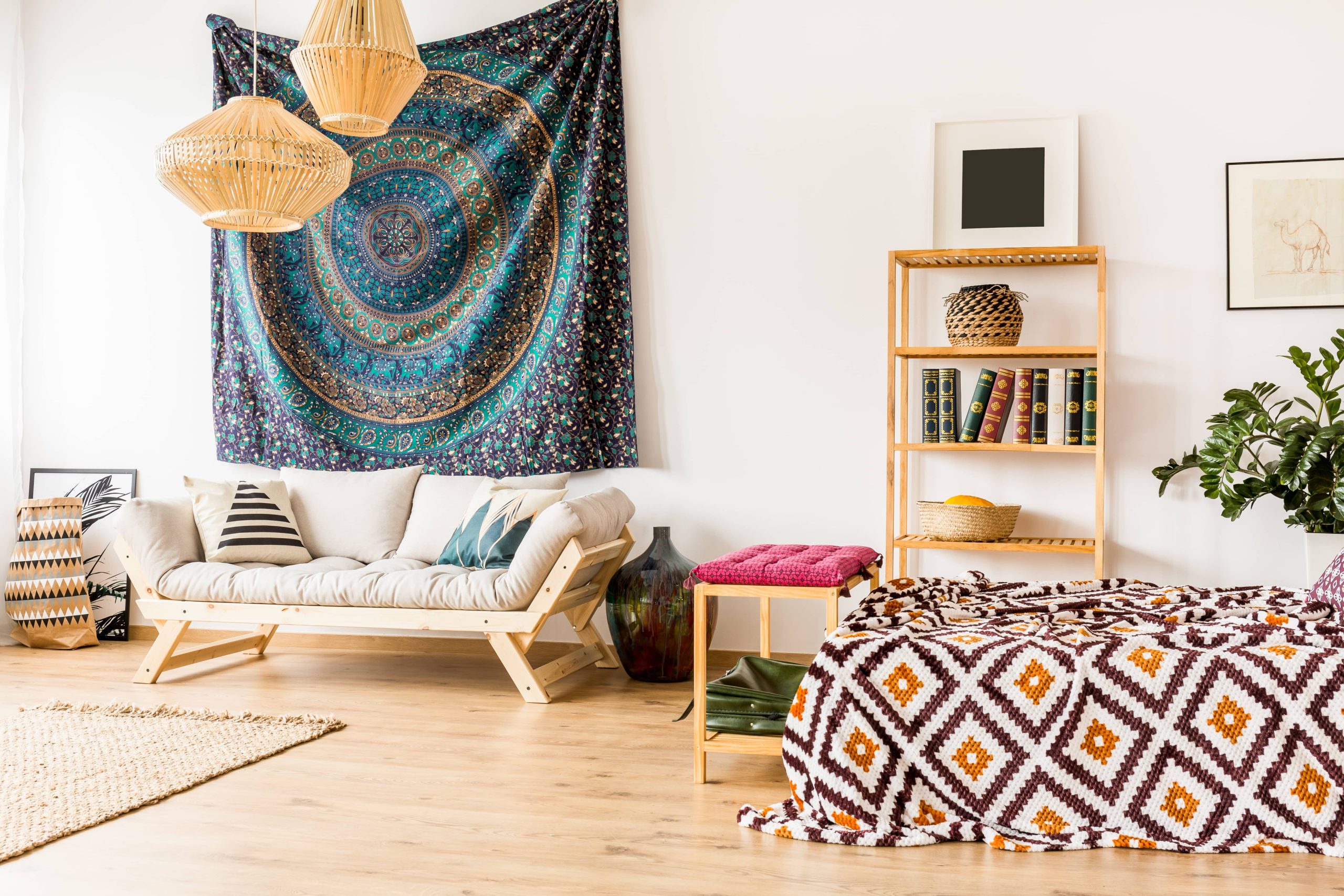
In the world of interior design, one of the most captivating techniques is the artful combination of various patterns and textures. This skill can, at first glance, seem daunting or even dizzying in its complexity. Yet, when mastered, it has the power to transform any living space into a vibrant, dynamic sanctuary that tells a unique story. This blog will guide you through the fundamentals of mixing patterns and textures, helping you create beautiful, cohesive, and inviting interiors.
Understanding the Basics
Before diving into the practical how-to, it’s important to understand why combining patterns and textures is significant. Patterns can infuse a room with character and energy, while textures add depth and warmth. When used together strategically, they can create a harmonious balance that elevates the visual and tactile experience of a space.
Why Mix Patterns and Textures?
1. Adds Visual Interest: Patterns and textures draw the eye and can make a space feel more engaging, preventing it from looking flat or one-dimensional.
2. Conveys Personality: Mixing various designs allows you to express your personal style, bringing a unique flair to your home that reflects who you are.
3. Defines Spaces: Different patterns and textures can help delineate spaces within a room without using walls or partitions. This is especially useful in open-plan environments.
4. Creates Cozy Atmosphere: Textures, in particular, add a sense of warmth and comfort, transforming a cold, stark space into a welcoming retreat.
The Basics of Mixing Patterns
Start Small
If you’re new to mixing patterns, start small. Introduce pattern in smaller accessories, such as throw pillows, rugs, or artwork. This allows you to experiment with different combinations without committing to large, expensive pieces.
Stick to a Color Scheme
A consistent color palette is crucial when combining patterns. By keeping your patterns within a specific color scheme, you ensure a level of cohesiveness. This doesn’t mean everything has to match exactly, but there should be a common hue that ties the various patterns together.
Vary the Scale
When it comes to patterns, scale refers to how large or small the design elements are. For a well-balanced look, mix different scales: combine a large-scale floral with a medium-sized geometric pattern and a small-scale polka dot, for instance. Varying the scale prevents the patterns from competing for attention.
Choose a Dominant Pattern
To avoid chaos, select one pattern as the dominant one. This will serve as your focal point, and the other patterns will be secondary, complementing rather than clashing. Typically, the dominant pattern contains the most colors or is the boldest in scale.
The Art of Layering Textures
The Golden Ratio
A successful design often follows the 60-30-10 rule. This means 60% of your room’s textures should be one material, 30% a secondary material, and the final 10% an accent. For example, you might choose wood as your 60%, wool or leather for the 30%, and a metallic or glass accent as the final 10%.
Consider the Room’s Function
Different rooms benefit from various textures. Bedrooms and living spaces are great for soft, comforting textures like velvets and knits, whereas kitchens and bathrooms might make better use of smooth, sleek textures in tiles or stainless steel.
Layer Up
Layer textures to create depth. Start with foundational pieces like a rug or sofa, then layer additional textures through curtains, cushions, and throws. Layering isn’t confined to textiles, either—consider layering wood, metal, and glass elements as well.
Balance Hard and Soft
Contrast is key. Mix hard textures such as glass, metal, or polished wood with softer materials like cotton, fur, or wool. This not only creates visual interest but also prevents a room from feeling too harsh or overly soft.
Bringing it All Together
Start with Inspiration
Begin by gathering inspiration. Use platforms like Pinterest or interior design magazines to find rooms that resonate with you. Notice how patterns and textures are combined and examine what draws you to them.
Sample Before Committing
When purchasing pieces, don’t hesitate to gather samples to test at home. Fabric swatches, paint cards, or small decor items can help you visualize how everything will work together.
Trust Your Instinct
While guidelines and rules can help simplify the process of mixing patterns and textures, ultimately your space should feel right to you. Trust your instincts and allow your personality to shine through in your design.
Experiment and Adjust
Remember, interior design is not permanent. Don’t be afraid to experiment with different combinations. If something doesn’t look right, adjust it—design is a process of discovery and creativity.
By mastering the skill of combining different patterns and textures, you’ll unlock an array of design possibilities for your home. It’s an exploration of creativity, where each piece contributes to a dynamic, personal, and engaging environment. With these principles and tips in hand, you’re ready to embark on your own design journey. Embrace the process, and don’t forget to have fun as you transform your interiors into beautiful, textured canvases of expression.







